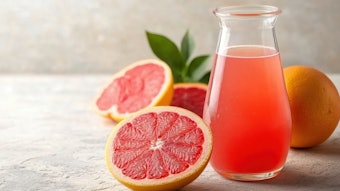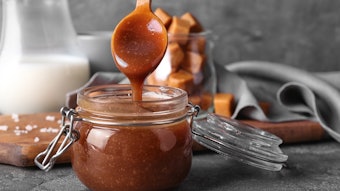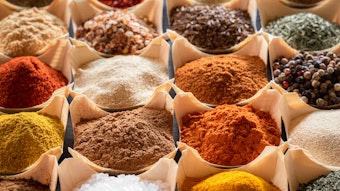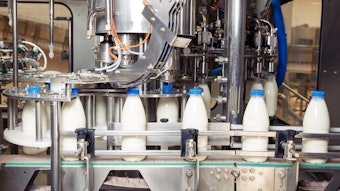The present overview is intended for the flavor practitioner who seeks an understanding of economically feasible and commercially available flavor encapsulation technologies and the issues involved in using these technologies and related products. Most reviews in the past, with a few notable exceptions, either dealt with encapsulation technologies for the entire food field, or had a strong focus on spray drying.
It is our view that in spite of the continuing importance of spray drying for flavor encapsulation, various flavor encapsulation technologies are now emerging that will be available for practical food developments in the future. Building on the well-established method of spray drying, an entire bundle of technologies will satisfy the increasingly specialized needs of the market in a toolbox approach.
We will initially provide some definitions and point out some important considerations in selecting a flavor encapsulation technology for a given application. Then, we will cover some fundamentals of flavor spray drying because, on the one hand, they provide a conceptual framework for understanding other technologies such as spray granulation, and because on the other hand, improved spray drying technology (e.g. two-stage drying) is now becoming available to satisfy increased product requirements.










